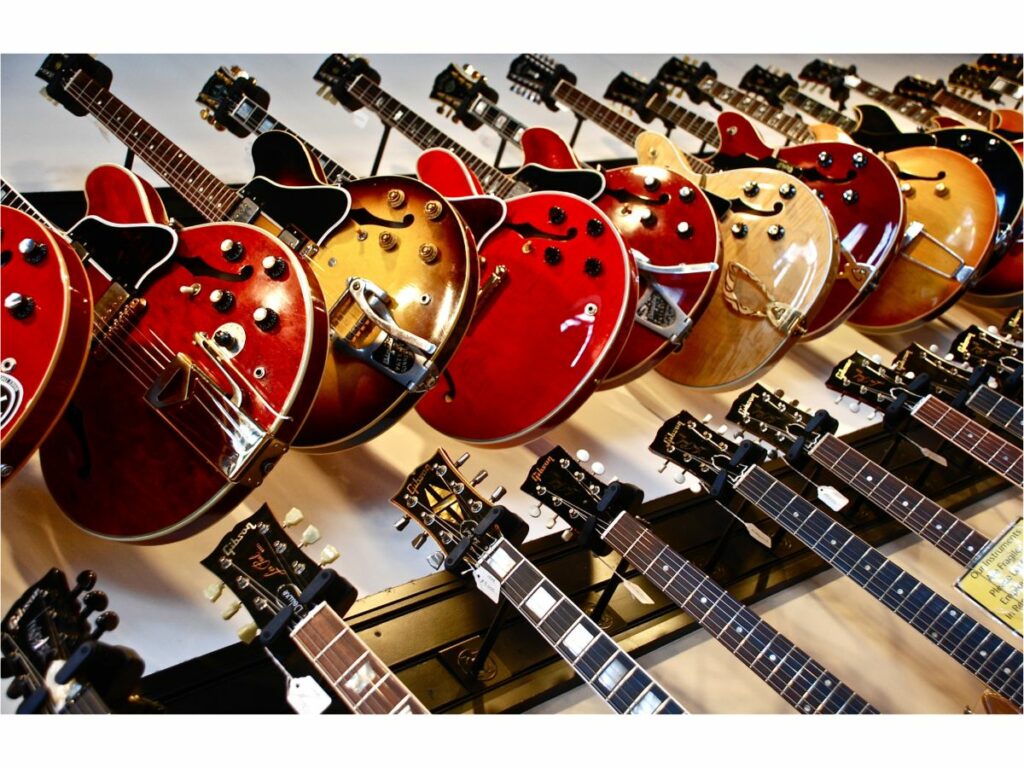The guitar is a major instrument used by the folk artists to create their musical masterpieces. Whether you’re using an electric or acoustic guitar, you must know its various parts. This helps you in knowing your instrument well and learning how to get better with it. Here we’ve tried to explain the various aspects of acoustic and electric guitar. This will give you a basic understanding of these instruments.
The headstock
First, let’s begin from the top of your instrument referred to as the headstock. Here you’ll come across the keys used for tuning. You can turn them to tighten or loosen each string. This allows you to adjust the pitch. Most of the makers of guitar place their brand name on the headstock.
The nut
The nut is a small part of your guitar where the headstock meets the neck. It has six grooves that hold the strings in place. Most of the guitar makers use hard plastic for making the nut, but it’s mostly made of ivory in the expensive guitars.
The neck
One of the prominent parts of your guitar is the neck. This long and narrow part of your guitar runs from the headstock down to the body. The flat piece of wood on the top of the neck is called fingerboard. This is one end of the guitar where the strings rest. People often think that the neck and fingerboard are the same. However, they are two different parts.
Frets
Frets are the wire insets marking the fingerboard. They are an indicator of the position where you must press down a string to produce the desired pitch. You might also come across some dots or other shapes under the strings on the fingerboard. They act as position markers that allow you to keep track of the fret while playing.
The body
This is the main part of your guitar. It’s quite hollow in acoustic guitars. The purpose is to amplify the sound produced by strumming or picking the strings. Electric guitars usually have solid bodies and are heavier. Resting on the body of the guitar is the pick guard.
On an acoustic guitar, it’s located near the soundhole. In electric guitars, you can find it on the pickups. Pickups are the pieces of metals on the guitar’s body. They are placed often at the same place where the soundhole is located. Pickups turn the vibrations coming from the strings into electric currents. Then they play out through the amplifier’s speakers.
The pick guard provides strong protection to your guitar to avoid getting scratches from your picks and fingermarks. The body also has the bridge. It is the place where the other end of the strings are attached to the body.
On most of the acoustic guitars, the strings are held in place on the bridge using small pins. Many of the electric guitars have the strings attached to the back of the guitar’s body. An internal mechanism holds the strings of the guitar in place on the bridge.
Amplification
The sound from the strings reverberates inside the soundhole in acoustic guitars. This helps in amplifying the sound. The volume and quality of tone varies greatly in different acoustic guitars. This depends on the size of the body, the type of wood, and the soundhole’s positioning and size. Amplification in electric guitars happen with the help of electric pickups.

